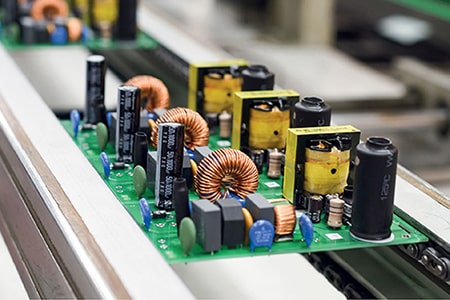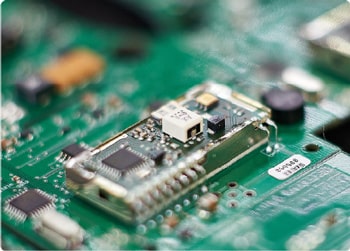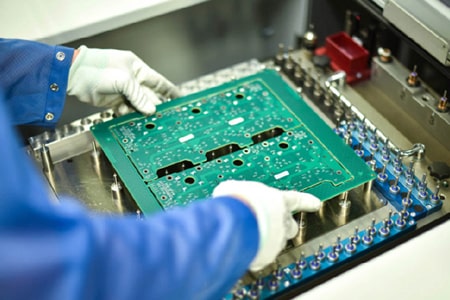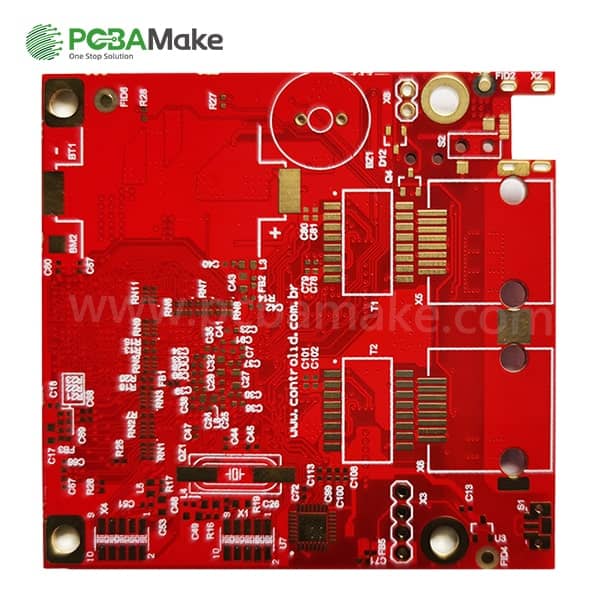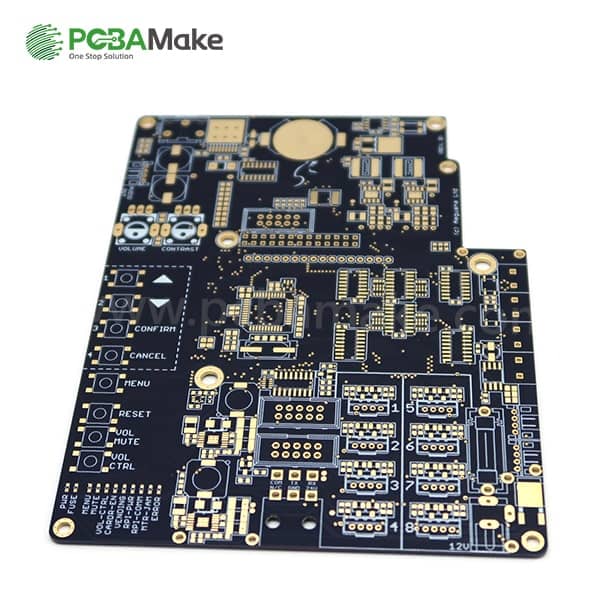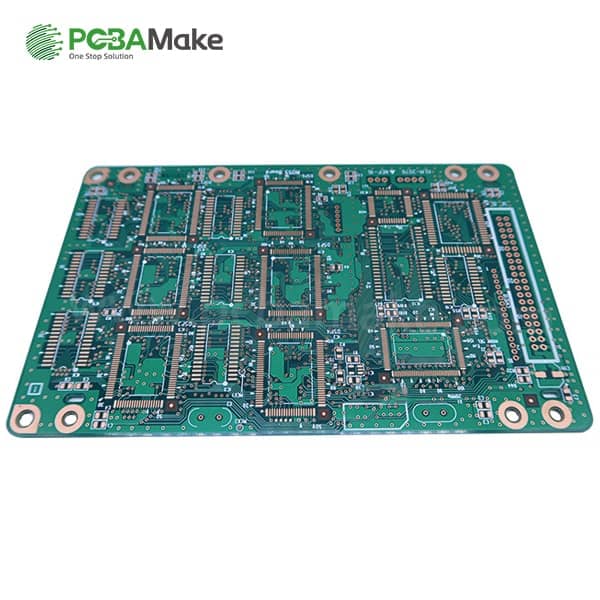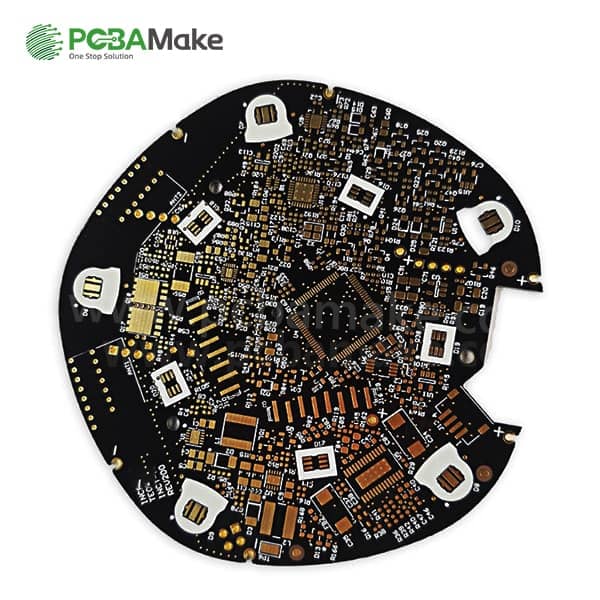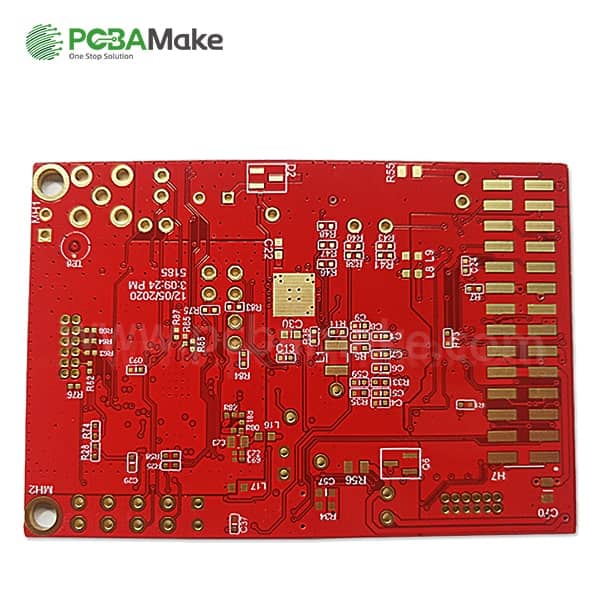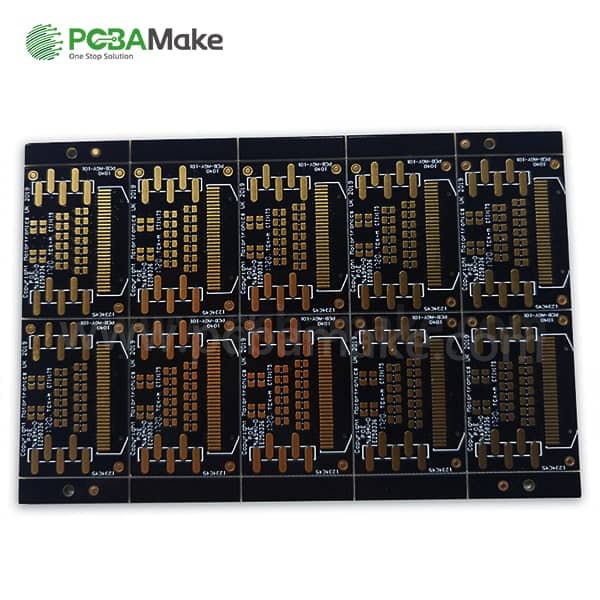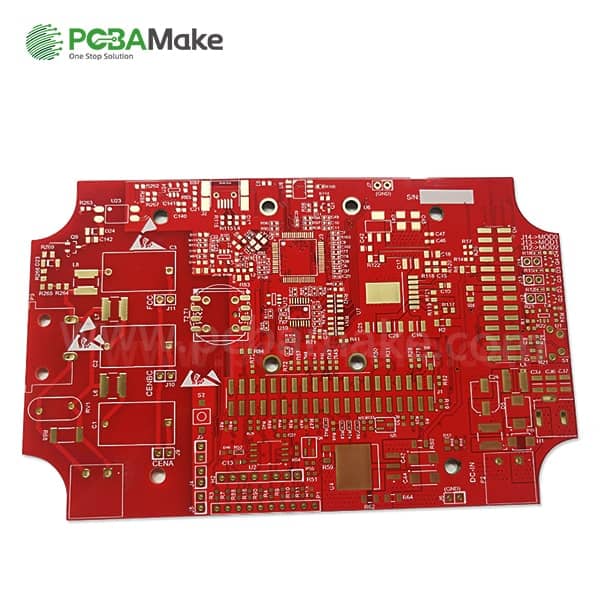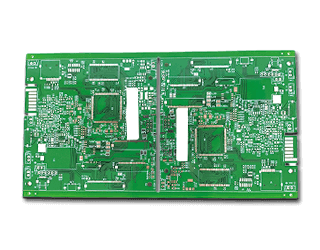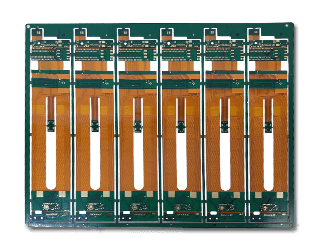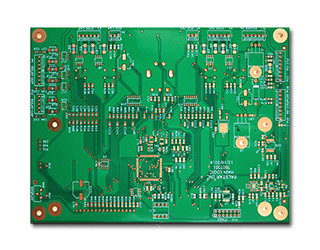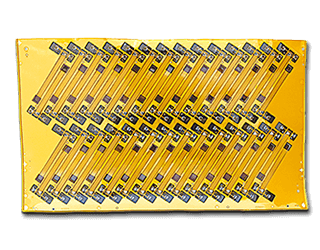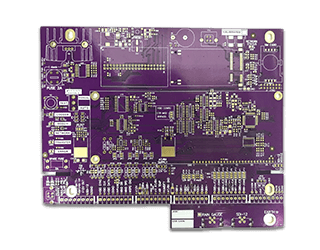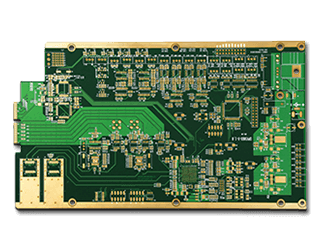High TG PCB
High TG PCB is a board with a high glass transition temperature.
"TG" is the temperature point at which the material begins to transition from the solid state to the rubbery state. Changes in physical shape will certainly adversely affect their function and performance. If your PCB works at high temperature for a long time, you'd better choose high TG material.
High TG PCBs indicate that their TG values are typically above 170℃ Standard PCBs are typically fabricated from materials with a TG value of 140℃ and can withstand operating temperatures of 110℃. High TG PCBs perform better at high temperatures and are more stable, making them a reasonable solution for high power density designs. The higher the TG of the circuit board, the higher the thermal resistance, chemical resistance and mechanical stability of the electronic device.
High TG PCBs generate more heat for multilayer PCBs and high density circuit boards because the components in multilayer PCBs and HDI PCBs are more compact and the circuits are very dense. High-TG PCBs have good thermal control, helping to ensure product reliability during operation.
We all know that if an electronic product is often operated for a long time, the heat generated during the work will be transferred to other components, which will ultimately affect the durability and performance of the product. For some electronic products in applications that have multiple functions but are limited by size and weight, a high thermal power PCB will be a cost-effective way to improve thermal management efficiency.

